With stimulus programs beginning to roll out from governments as part of the post-COVID-19 recovery, Niilo Edwards, executive director of the First Nations Major Projects Coalition (FNMPC), said his group would like to see a program dedicated to assisting Indigenous communities with infrastructure needs.
Edwards was the keynote speaker during a recent conference call held by the Canadian Council for Public-Private Partnerships. The Daily Commercial News spoke with Edwards following the event.
“We hear about this massive infrastructure spend coming from government. I think it’s necessary and it’s a good way to stimulate the economy, but our members want to make sure that they can benefit from the stimulus being spent in their communities on projects that impact them, whether they are the proponent or a co-proponent with a project partner,” Edwards stated.
The majority of the coalition’s members are in semi-remote or remote communities, many of which have been resource dependent, a sector that has been struggling.
“As government looks to prepare its economic stimulus spend on infrastructure projects some attention needs to be paid to northern and remote communities, Indigenous or non-Indigenous,” said Edwards. “Where Indigenous communities do well so do the rest of the population. We’ve seen that, so there has to be some consideration for those types of projects with the governments’ stimulus spending. We certainly have a number of projects within our inventory already that would benefit from some extra help to get out the door.”
The FNMPC is a First Nations-led not-for-profit society established about five years ago as a business organization that supports members’ abilities to make informed business decisions regarding major infrastructure or natural resource projects that may be occurring on traditional territory of First Nations. The coalition has offices in B.C. but its membership is national.
Edwards said the historical struggle Indigenous communities face in raising capital is the number one barrier to participating as equity partners in projects.
“We put a considerable amount of effort to raising those issues, as not so much a challenge but an opportunity because if we are able to unlock projects that would otherwise be stalled by including First Nations as partners in the prosperity, then what we are doing as a country is we are unlocking a new sector of the economy. We’re increasing GDP and we have more contributors to the economic wellbeing of Canada,” Edwards explained.
“In turn, the only way we are going to be able to raise the standard of living index in First Nations communities is through the development of sustainable economies and that includes their participation in large-scale economic infrastructure projects.”
The level of readiness and interest of First Nations communities to be involved in major infrastructure projects in the country is increasing, he added. This includes transmission projects, hydro generation, green energy, geothermal and more.
“There is a lot more work to be done but I think what we are demonstrating here as an organization is that as the readiness and ability for First Nations to participate in these large projects increases, so does the demand on issues like access to capital and having the ability to become equity investors in projects,” Edwards noted
The Canada Infrastructure Bank also has a role to play.
“The mandate can be expanded in such a way that they can truly meet the needs of Indigenous communities and become a source of viable capital for Indigenous infrastructure projects,” said Edwards. “In our view right now, the mandate of the bank is a little bit too narrow and not all projects, whether they are Indigenous or otherwise, can qualify.”
The FNMPC recently released a white paper on The Role of Indigenous People in Major Project Development Part II — Indigenous Ownership of Electricity Infrastructure.
“What we are trying to do here through a series of discussion papers is educate the government community, the business community about the priority of our members as they have expressed their priorities to us,” Edwards said.
The paper goes into detail about how the articles of the UN Declaration on the Rights of Indigenous Peoples can be done in a tangible way and applied to commercial development in such a manner that it protects the interests of First Nations who are engaging in a project development.
“What we’ve done is described for the outside audience the importance of that and how it gets applied to major project development using the example of a major electricity transmission project that could be codeveloped by private industry and a consortium of First Nations people directly impacted by the project,” said Edwards.
“We’re optimistic that as we forge ahead in this new era of engagement and thinking on these issues that we can come to solutions.”
Follow the author on Twitter @DCN_Angela.



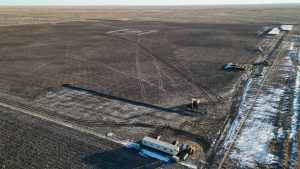
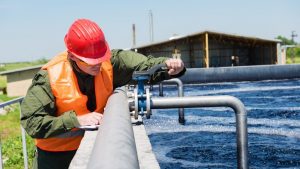
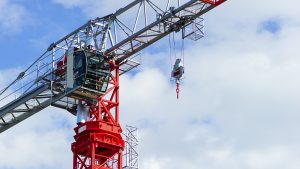
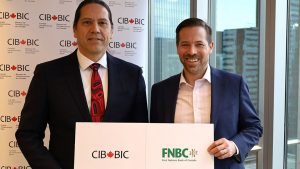

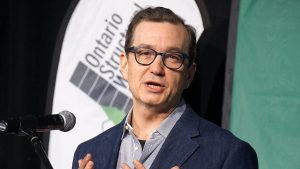


Recent Comments
comments for this post are closed